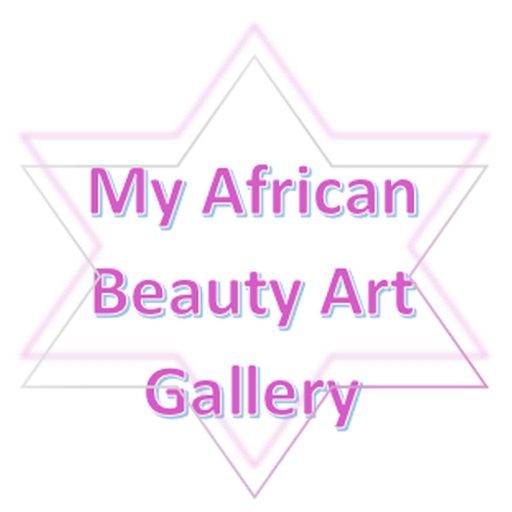KUSU
TYPES OF ART
Much of Kusu sculpture is comparable to their neighbors, from the Lubaized chief’s stools and Songye-like power figures, to the Hemba-influenced ancestor figures. Women also make pottery and basketry, which is used in everyday life.
HISTORY
Kusu history is shared with the Nkutshu and Tetela, all of whom came from the northwest of their current location and share a Mongo-Kundu origin. Their first movement was southward, then they moved back north through Luba, Songye, and Hemba territory, acquiring social customs and learning artistic styles along the way. Once arrived in their new location they split into two major factions divided into north and south—they then further divided into smaller groups, which remain largely separated and independent to this day due to their geographic isolation. The groups in the south have been more influenced by the Songye and the Luba, which is evident in their sculpture styles.
ECONOMY
The Kusu, who in the past were hunters, have in recent years embraced a more sedentary lifestyle that includes farming on land that is cleared by men. They raise maize, yams, beans, and also domesticated animals, including cows, pigs, goats, and chickens. Fishing is performed by both men and women using nets fashioned by men, and hunting is still considered to be of ritual importance and serves as a powerful metaphor in most communities.
POLITICAL SYSTEMS
The Kusu are split into small villages that are relatively isolated from one another, particularly in the south, where Luba influence is most strongly felt. The villages are further divided into castes in which the blacksmiths are influential. Investiture ceremonies for chiefs are similar to those practiced among the Luba, but there is no paramount chief who oversees all of the Kusu. Instead there are a series of village leaders who inherit their positions of power.
RELIGION
Kusu religious practice has been greatly influenced by their neighbors. They recognize Vilie (a supreme being) and share a common belief in the power of the ancestors, despite their geographical differences. They worship various nature spirits that can be traced to their Mongo origins, recognize ancestor cults that have been borrowed from the Hemba and the Luba, and fashion and use powerful magical figures similar to those found among the Songye. There is an initiation society, which is primarily aimed at educating people about the evils of witchcraft, and there are also diviners that are consulted for matters of importance.
FACTS ABOUT KUSU
LOCATION

COUNTRIES
Democratic Republic of the Congo
LANGUAGES
KiKusu (central Bantu)
POPULATION
60,000
